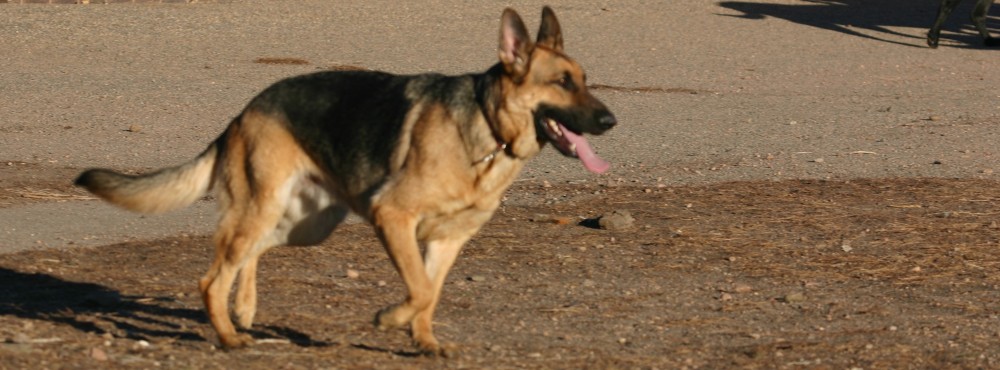It may be weird, but I think conferences and trade shows are great fun. I’d never miss Colorado Gold for writers; so many people to meet, so much to learn and so many spirits lifted. I love the buzz and excitement of it all, right down to the heavy, not-so-good-for-you food, the wads of business cards exchanged and the empty promises of friends forever feelings.
It should come as no surprise, then, that when my daughter invited her dad and I to the California Dental Association conference this past weekend, I had my bags packed as quick as a snow melt in July. And I was well rewarded for my enthusiasm.
Yes, the trade show floor was filled with drills and explorers and other scary looking tools of the trade, but there were very nice people there to show that dentistry, like every other industry, evolves more each year. While dentistry may remain the appointment you most want to procrastinate about, dentists themselves are highly regarded in our society for good reason. They work hard every day to ease pain and help patients with better oral health.
And that brings me to a selfish reason to have enjoyed the CDA. One of the talks was called “Recreational Drugs: Windows into our Brains?” by Bart Johnson, DDS, MS, and director at Seattle’s Special Care Dentistry office. Dr. Johnson made it clear at the beginning of his talk that, one, he lumps alcohol and tobacco into the “recreational drug” category of things we consume and two, he stands against recreational drug use. This worked well for me, in my research for the next Daisy Arthur story, Pot Shots.
Dr. Johnson didn’t come across as any goody-two shoes kind of person. He had a well-developed sense of humor throughout his talk and used personal anecdotes as well as textbook information to tell his side of the drug story. I particularly tuned into the Marijuana section, when he admitted to having tried the stuff–once. He took a couple of hits from a bong and started writing poetry, which was so bad he was afraid of someone reading it, so, instead of wadding it up and throwing it away, he took it to the kitchen sink and lit it on fire. Then he went back and wrote another poem with the same results.
This demonstrates one of the negative side effects of marijuana use–paranoia. Some of the other things that I learned from this talk:
- Marijuana has approximately 450-500 chemicals as part of the plant, and of those 23 are psychoactive–although most people focus on something called Delta-9 THC as the main psychoactive ingredient.
- The plant has both male and female versions, and only the female version has psychoactive drugs in them.
- Marijuana is more damaging to the lungs than tobacco cigarettes because the combustion temperature is so much higher. And if you remove the temperature problem by using a bong, you’ll have more Delta-9 THC hitting your lungs because it it lipid soluble, not water soluble.
- Marijuana use creates a distortion of time and space. His slide on this subject showed a gruesome result of driving under the influence. A young person in an orange t-shirt was decapitated in a car wreck while driving under the influence.
- This is the biggest thing that hit me–children ages 14 to 16 are the peak market of first use. The challenge here is that while this group of people’s brains are still developing, they are using a drug that inhibits learning, movement, and memory. The marijuana also creates an “amotivational syndrome” or apathy in people who use it.
There was a whole lot more to Dr. Johnson’s talk, complete with scientific names and chemical drawings, but my brain filled with his passion for the subject and obvious concern for the well-being of others. Cool, very cool.
Next year, I hope to go to CDA again. Maybe I’ll squeeze into the session on forensic dentistry. Can’t wait!
P.S. Sorry for the lack of photos today. I forgot to take any!! Shame on me.

